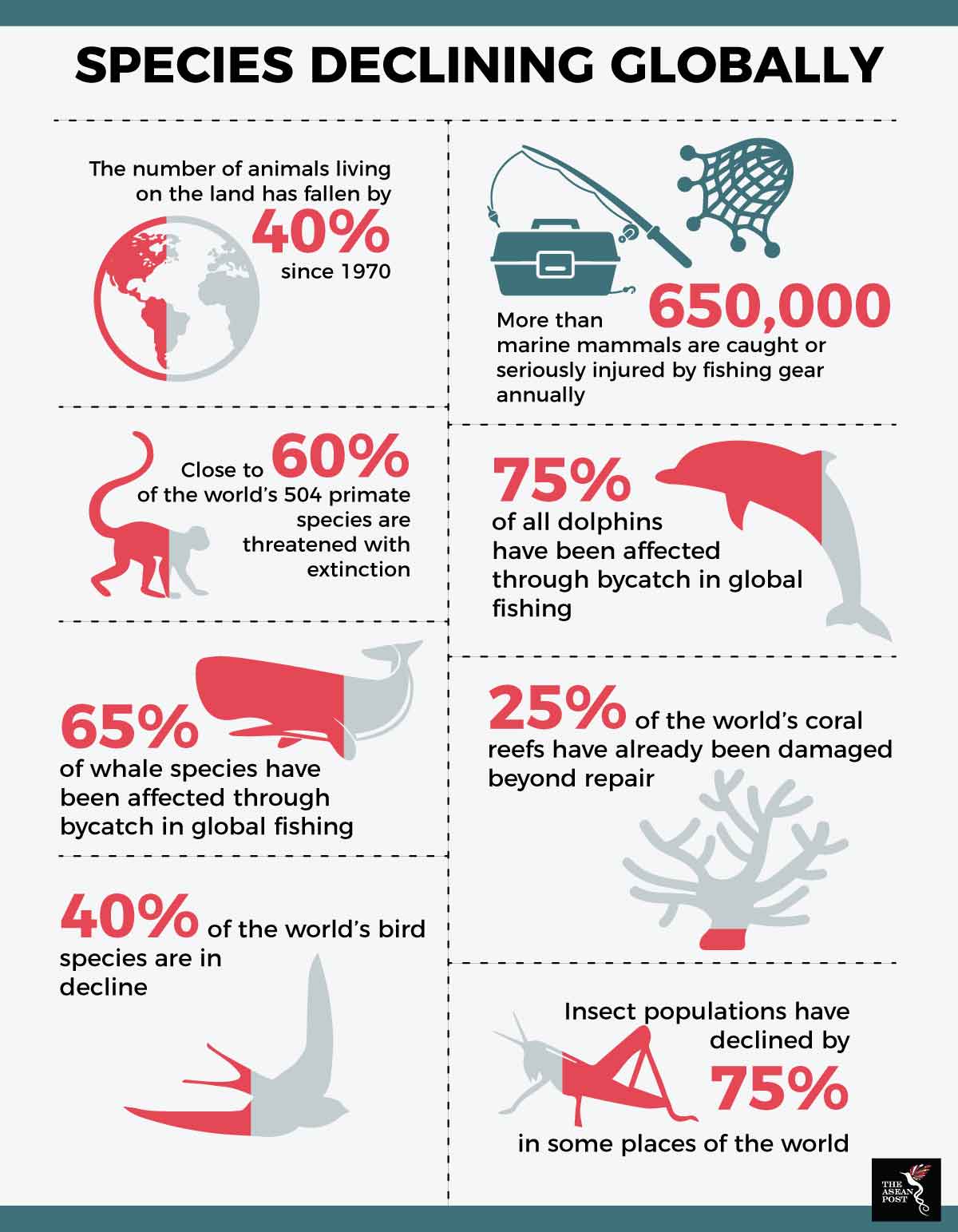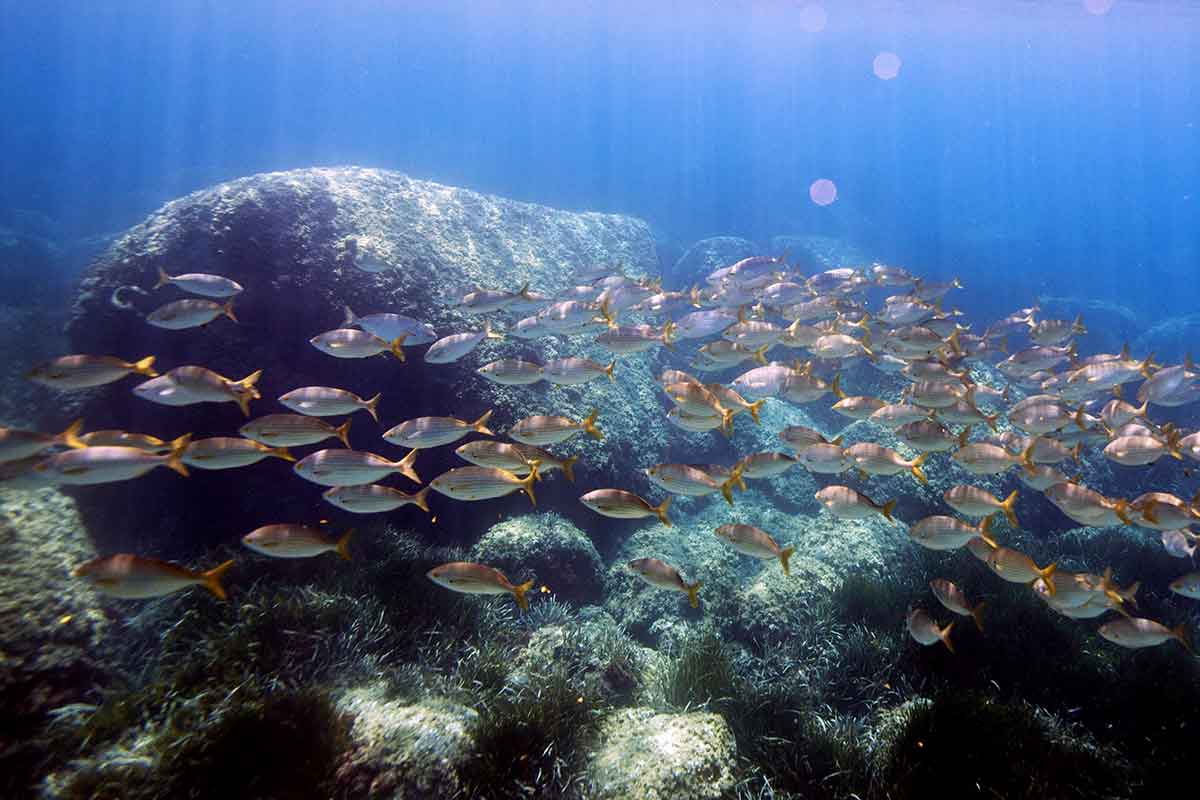As the world celebrates Earth Day today, the theme for this year – protecting threatened and endangered species – remains as important as ever.
The world’s largest environmental movement, the annual Earth Day works with more than 75,000 partners in nearly 192 countries to educate the public about environmental issues.
Apart from climate change and the fight to end plastic pollution, the protection of endangered species ranks as one of the most pressing environmental concerns of our time.
What is Earth Day?
Earth Day was first held in the United States (US) on 22 April 1970, and is widely credited for launching the modern environmental movement, with key environmental laws such as the Clean Air Act, Clean Water Act and Endangered Species Act soon coming into force there.
Growing concerns about pollution and declining biodiversity came about as ecological awareness started to grow across the world. In its 49th year today, Earth Day is now a global event with people marching, signing petitions, meeting their elected officials, planting trees and cleaning up their communities. Corporations and governments use the occasion to make pledges and announce sustainability measures, according to the Earth Day website.
Its organisers estimate more than one billion people in 192 countries now take part in “a day of political action and civic participation” which is the largest civic observance in the world.

Under growing threat
There has been a 60 percent decline in species population sizes from 1970 to 2014 according to the World Wildlife Fund for Nature (WWF), and the protection of threatened and endangered species is especially crucial in ASEAN – which is one of the most biologically diverse regions in the world.
The ASEAN Centre for Biodiversity estimates that there are more than 17,000 species of plants and animals in Southeast Asia’s forests and waters, and the region hosts 18 percent of the world’s biodiversity despite only possessing five percent of its land area.
Not only are thousands of species currently endangered, most land and sea flora and fauna have seen their numbers severely reduced over the past 150 years.
Just last week officials from the Malaysian state of Sabah announced that its studies have confirmed that the Sumatran rhinoceros is effectively extinct in the wild.
In Thailand, the population of the leatherback turtle is now less than one percent of its population from 60 years ago, and there have been no new nests of the rare turtle species in the country since 2013.
In Cambodia, the increasing number of dams being built for hydropower means there are only 92 Irrawaddy dolphins left in the Mekong river according to a survey by the local government and the WWF, and this critically endangered species may become extinct in a matter of years.
It is no secret that human activity, the illegal wildlife trade and loss of habitat due to deforestation and other forms of development have been the prime reasons for biodiversity loss in ASEAN, and record busts in the black market trade for poached animals are becoming increasingly common.
Earlier this month Singaporean authorities bagged a record seizure of nearly 13 tonnes of pangolin scales, with the government there calling it the largest global haul of the critically endangered species in recent years. The scales of the world’s most trafficked mammal were packed in 230 bags on a 40-foot container heading to Vietnam from Nigeria.
There is a severe lack of awareness regarding the need to protect the numerous species of flora and fauna on Earth. Apart from being a source of food and raw materials, they also provide medicine, shelter and energy. They also play a vital role in battling climate change and have been widely used in cultural services throughout the years.
“Our day-to-day life, health and livelihoods depend on a healthy planet,” said WWF International Director General Marco Lambertini in the foreword to the Living Planet Index (LPI) 2018 report it published.
“There cannot be a healthy, happy and prosperous future for people on a planet with a destabilised climate, depleted oceans and rivers, degraded land and empty forests, all stripped of biodiversity, the web of life that sustains us all.”
Related articles:
Shrinking biodiversity threatens mankind
